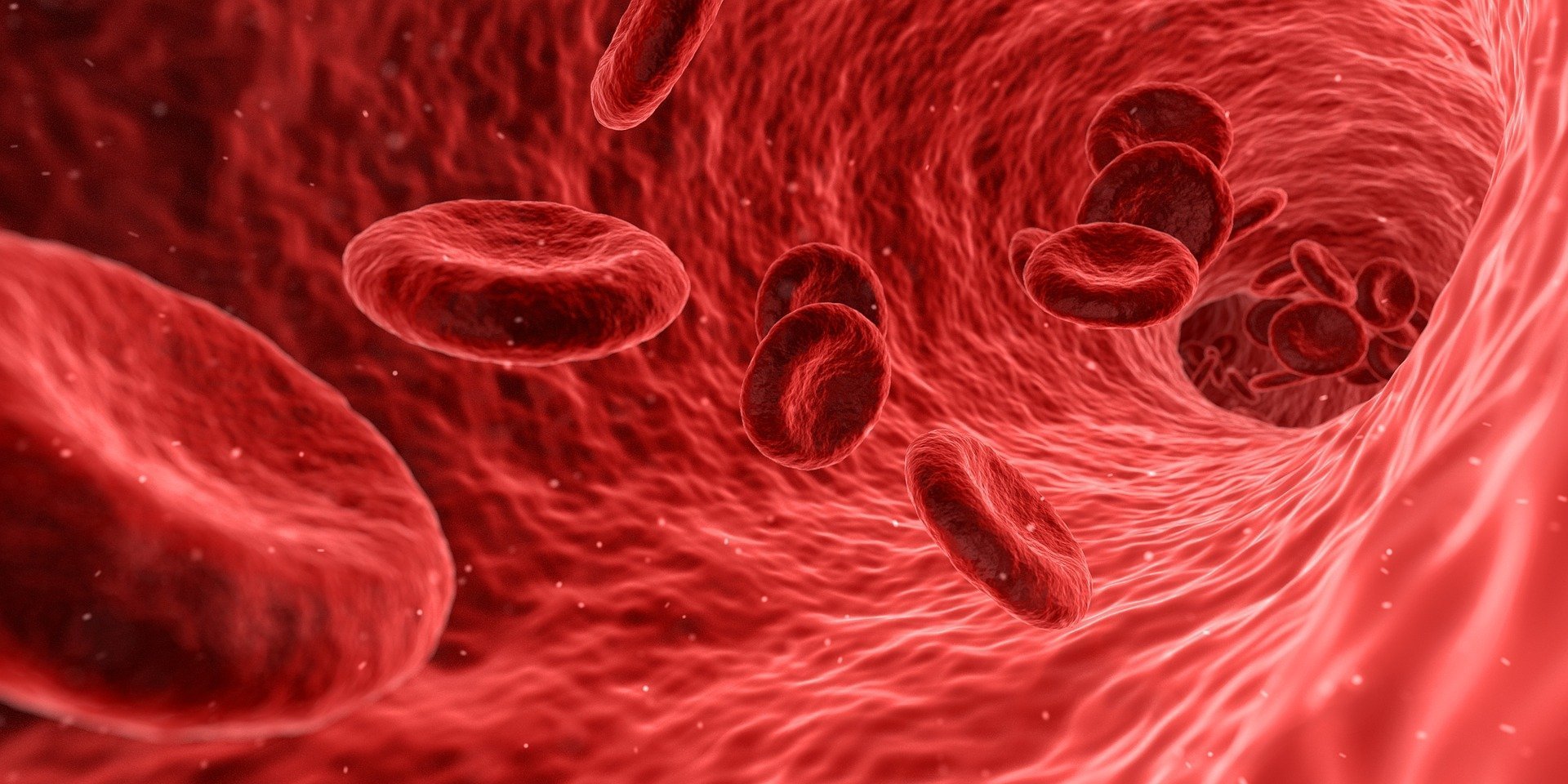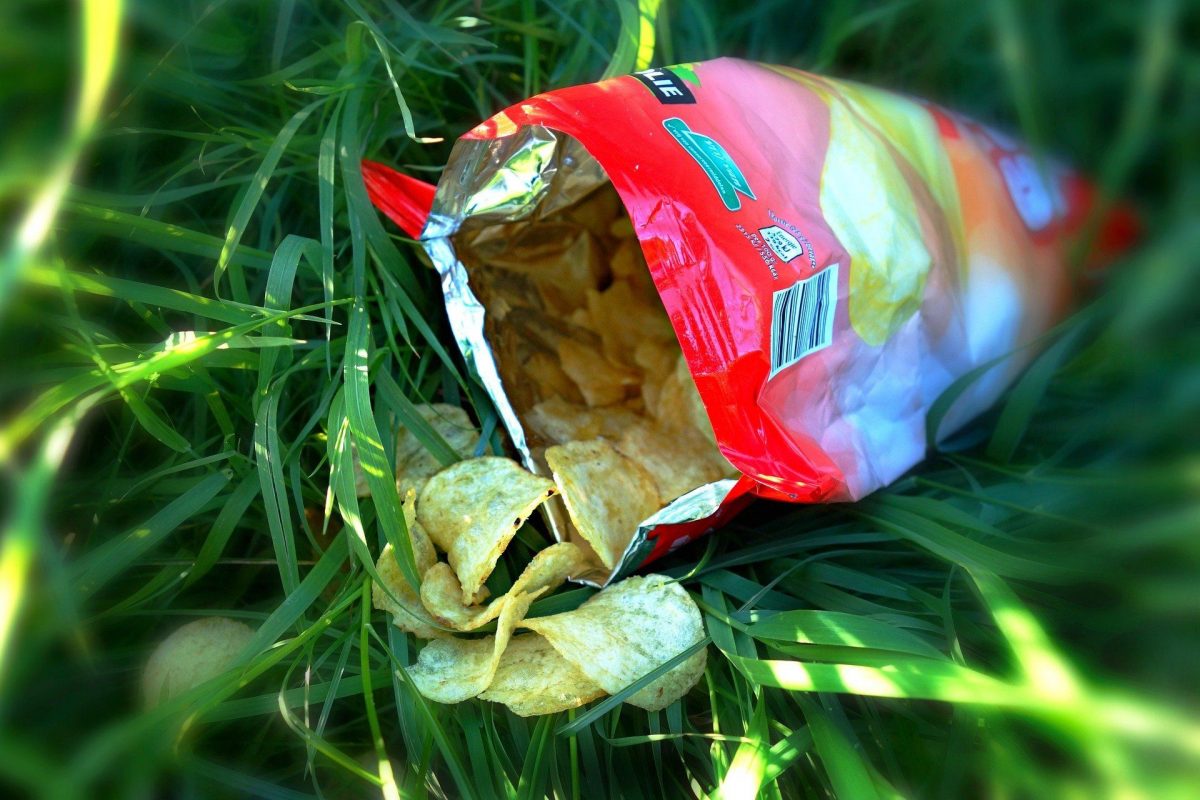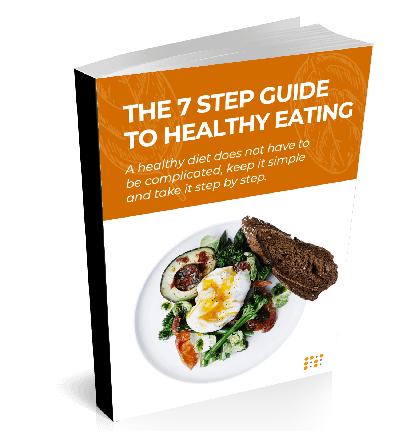What's the deal with good fats vs bad? It's a topic that seems to be one consumers' minds. Have you noticed a trend over recent years? Walk into any supermarket and you’ll see rows and rows of food products proudly proclaiming their low-fat credentials. ‘Fat-free’, ‘low fat’, ‘lowest fat’, ‘reduced fat’ – the list goes on. We know high saturated fat diets increase the risk of coronary heart disease.
‘Fat phobia’ though, which can be prevalent among health-conscious consumers, is often unjustified.
More...
That’s because there’s another side to the story.
Not only is it the case that not all fats are bad, but some are also absolutely essential for health and well being. Research suggests these essential fats have several positive effects. They can help reduce the risk of degenerative diseases such as heart disease and cancer. EFAs improve and stabilise energy and increase vitality.
Additionally, they can even play a role in weight loss and maintenance.
Why do we need fat in the diet?
Contrary to popular belief, dietary fat is not necessarily nasty. There is no need to avoid it at all costs. Some intake is desirable. Firstly, dietary fat tends to make food more palatable in the mouth - therefore more enjoyable to eat.
Secondly, it has a satiating effect. Eat a completely fat-free meal and the chances are you’ll be hungry again before you know it.
Thirdly, at 9 calories per gram, fat is a concentrated energy source. The calories provided are over double that of protein and carbohydrate.
It's a useful addition to the diet when your daily expenditure is very high. The problems arise when we eat too much of the wrong kinds.
Saturated and processed or chemically altered fats are especially problematic.
What makes some fats healthy and others unhealthy - the good vs the bad

Two factors determine whether or not a fat is healthy, neutral or unhealthy. The chain length of the fatty acid molecule and the degree of ‘saturation’
In nature, most fatty acids have an even number of carbon atoms. They are generally between 4 and 20 carbon atoms long. Shorter chains digest more easily and are less ‘sticky’ than longer chains. For example, your body digests butyric acid in butter (4C) more easily than palmitic acid from palm oil (16C).
Unsaturated, saturated and polyunsaturated are terms that most people are familiar with but what do they mean? Why are they so important for determining what health effects various fats have in the body?
All about the bonds
Fatty acids in food can contain no double bonds at all, up to 6 per molecule.
'Saturated' fat has no double bonds. Fatty acids with just one Carbon-Carbon double bond (e.g. oleic acid in olive oil) are 'monounsaturated'. Polyunsaturated fats have two or more double bonds.
As a general rule the more double bonds in the fatty acid, the lower its melting point. Consequently, the less ‘sticky’ and potentially artery-clogging it becomes.

Long-chain saturated fats are the stickiest, most potentially artery-clogging fats.
These are the ones that are bad for heart health. Food from animals that have high amounts of these long-chain saturated fatty acids includes beef, beef fat, veal, lamb, pork, lard, poultry fat, butter, cream, milk, cheese and other dairy products made from whole milk.
There are also plenty of long-chain saturated vegetable fats. These include coconut oil, palm oil and cocoa butter. However, while large amounts of these foods increase the risk of coronary heart disease, all is not lost.
Most healthy active people can eat small amounts of these saturated fats without undue health concerns.
Processed fats are ugly
Although diets with too much saturated fat aren't healthy, these fats do occur naturally.
Small amounts aren’t automatically harmful. However, when it comes to chemically altered or processed fats, the story’s rather different.
Naturally, unsaturated fats are rich in health-giving omega-6 oils. They're found in nuts, seeds, fatty fish, etc. When manufacturers process them though, fat molecules are altered to a form that the body struggles to metabolise.

Hydrogenation creates very undesirable and harmful trans fats.
Heating and reheating unsaturated oils can also create trans fats. Additionally, bleaching them (as in some cooking oils) or just letting them sit around so they’re exposed to light and oxygen can produce other nasties such as epoxides and peroxides.
These are linked with an increase in the risk of cancer. Ironically then, unprocessed unsaturated fats are healthy, processed unsaturated fats are far less desirable. Small amounts of good old saturated fats would be far better.
The good fat vs the bad fats, and the ugly
Hopefully, you can see that not all fats are bad.
There are quite literally hundreds of different types of fats in the food we eat. It's their chemical structure that determines their effects on the body.
However, to simplify things, you can think about them as falling into one of four categories:
Essential (good) fats
The omega-3 and omega-6 oils. They can’t be made by the body, yet they are essential for health. More on these here.
Neutral fats
These are fats that have neither health benefits nor a detrimental effect on the body. Examples like very short-chain saturated fats. More usually, longer chain monounsaturates. Fats such as oleic oil found in olive and canola oil.
Monounsaturated fats are stable enough not to easily degrade into chemically altered fats. Even so, they're fairly ‘unsticky’ so don’t have a significant artery-clogging effect.
Unhealthy (bad) fats
These are saturated long-chain fats. Large amounts in the diet increased your risk of heart disease. This is because they can increase the body’s production of harmful LDL cholesterol.
Small amounts aren't risky for otherwise healthy active individuals.
Chemically altered (ugly) fats
These fats are chemically altered, either intentionally or unintentionally. Your body has difficulty processing some of the compounds produced.
Examples include trans fats. When you hydrogenate unsaturated fat, trans fats form. Additionally, heating oil to high temperatures repeatedly encourages trans fat formation.. Especially the case during frying which also oxidises fats, producing epoxides and peroxides.
Ideally, the intake of these fats should be as close to zero as possible. Furthermore, some countries have taken active steps to ban trans fats in food products.
A summary of good vs bad fats
So there you have it - a summary of the different types of fat. Hopefully, that clears up some of the confusion that exists out there.
If you're looking for more hints and tips on improving your eating habits, check out my guide to healthy eating.

Easy Guide to Healthy Eating
I've put everything together into an easy-to-follow guide that will work for you.
